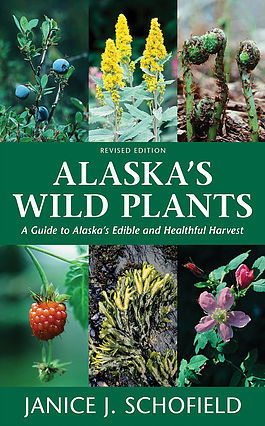Deepest apologies to all my readers for the extended delays in blog updates. The past year has been such an intense one for so many of us. Covid lockdowns. Political turmoil. Floods. Hurricanes. Loss of loved ones. Loss of help around the farm.
Closed borders have meant doing most work ourselves. Many projects have been evolving in the quietude.
Explore Alaska, a children’s guide inspired by two decades of Alaskan living, is due for release on my birthday on 15 November. So too is The Wonders of Nettles in print and ebook.

How much do you know about Stinging Nettles? Test yourself in the Nettlesome quiz in this blog.
Happy events include:
*My first-ever four-day horse trek with Maya. I highly recommend trekking with horses. Such a bonding experience.

*Adding ‘budgerigar television’ to our bedroom. We now have ten budgies (parakeets) flittering in a large outdoor aviary outside our bedroom window. And our lavender colored Lupine Lady is now sitting on eggs.
*The outdoor kitchen of the hobbit house is readying for installation, and the tiger worm composting/separator toilet is being installed. A coming blogpost will feature a special guest with Everything You Ever Wanted to Know about Tiger worms.
On the sad front, our beloved 15 1/2-year-old labrador, Kai, crossed the rainbow bridge eleven months ago. A tumor the size of my cupped hand appeared overnight in his shoulder area, along with severe lameness and night pain. After consultation with vets, guidance was to help him transition to a peaceful place.
When loved ones pass, both people and pets, it spears the heart. I’ve found vibrational essences (flower, gem, and environmental essences) to be an aid for healing. I’ve included a post that addresses the process.
Kai’s final gift to me was inspired by his life, and his last days. When Kai was ten years old, he experienced such severe joint pain that I was ready to put him to sleep. Guidance encouraged me to do three things: take him entirely off ‘dog’ food, treat him to acupuncture sessions and start him on Techniflex mussel extract. His recovery was remarkable, and he enjoyed seven more years of quality life. But in his last few months, warning signs appeared, including labored breathing and excessive hunger. In addition to his usual raw meat, salads, and green drinks, I began feeding him more and more carbohydrates in the form of apples, carrots, quinoa, potatoes, rice. No matter how much I fed him, Kai would soon bark loudly and demand MORE. I was not making the connection that carbs break down to sugars. And most tumor cells, report German researchers Klement and Kammerer, ”… have a high demand on glucose compared to benign cells of the same tissue.”
With a strong family history of both diabetes and cancer, I decided to heed Kai’s message and pay attention to my carb intake. A two week stint wearing a continuous glucose meter radically changed my diet. But that too is fodder for a future post.
